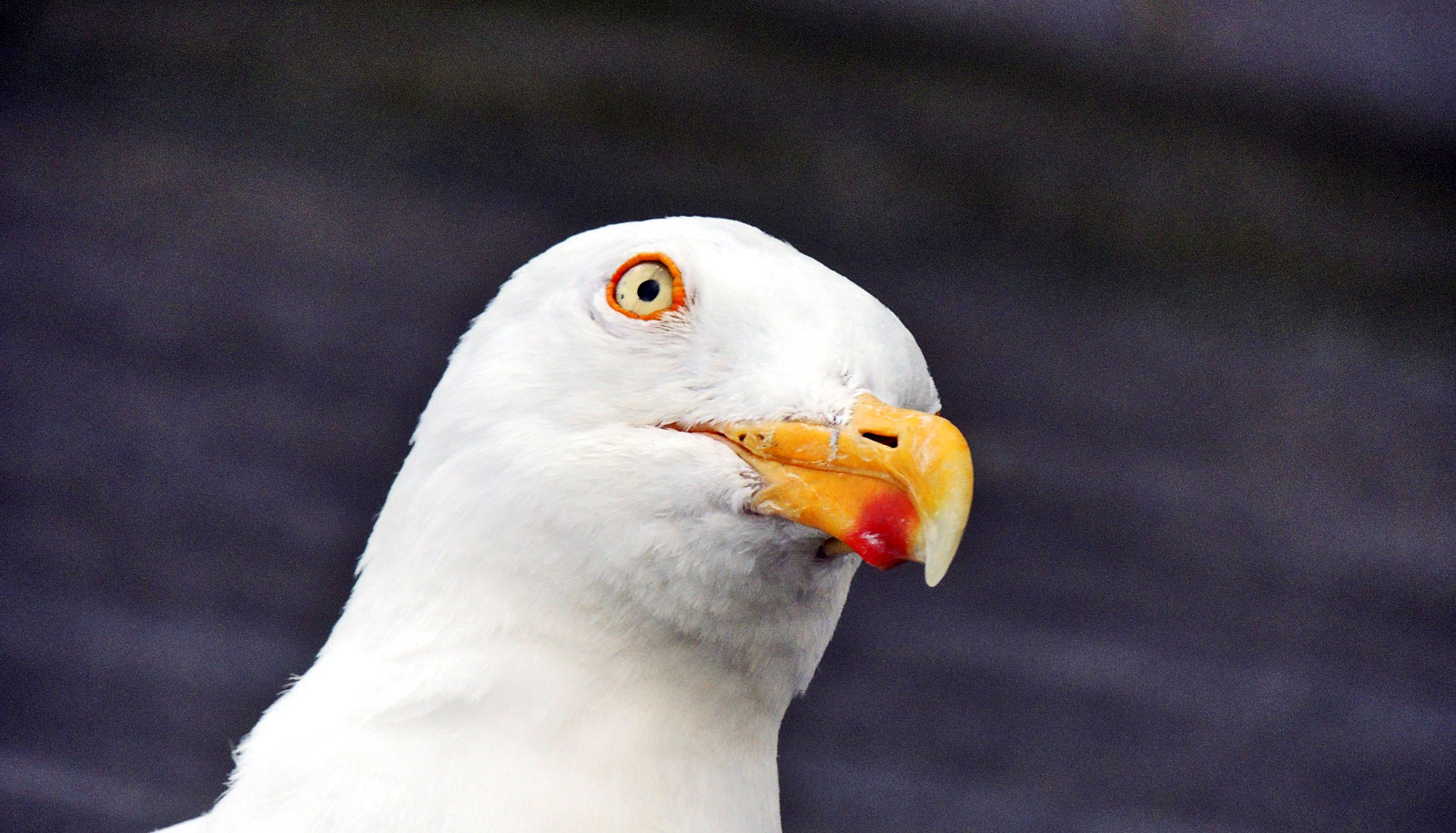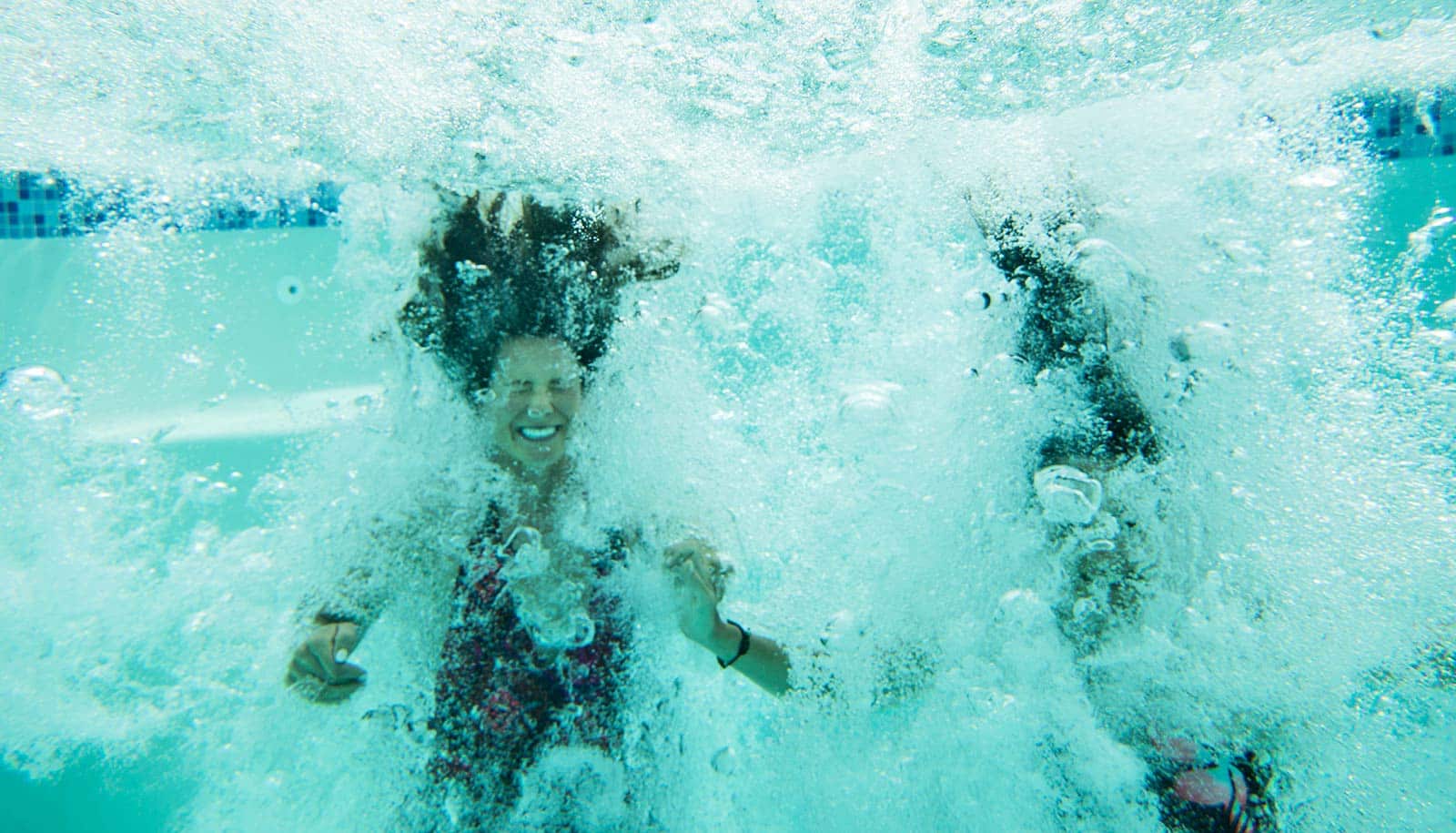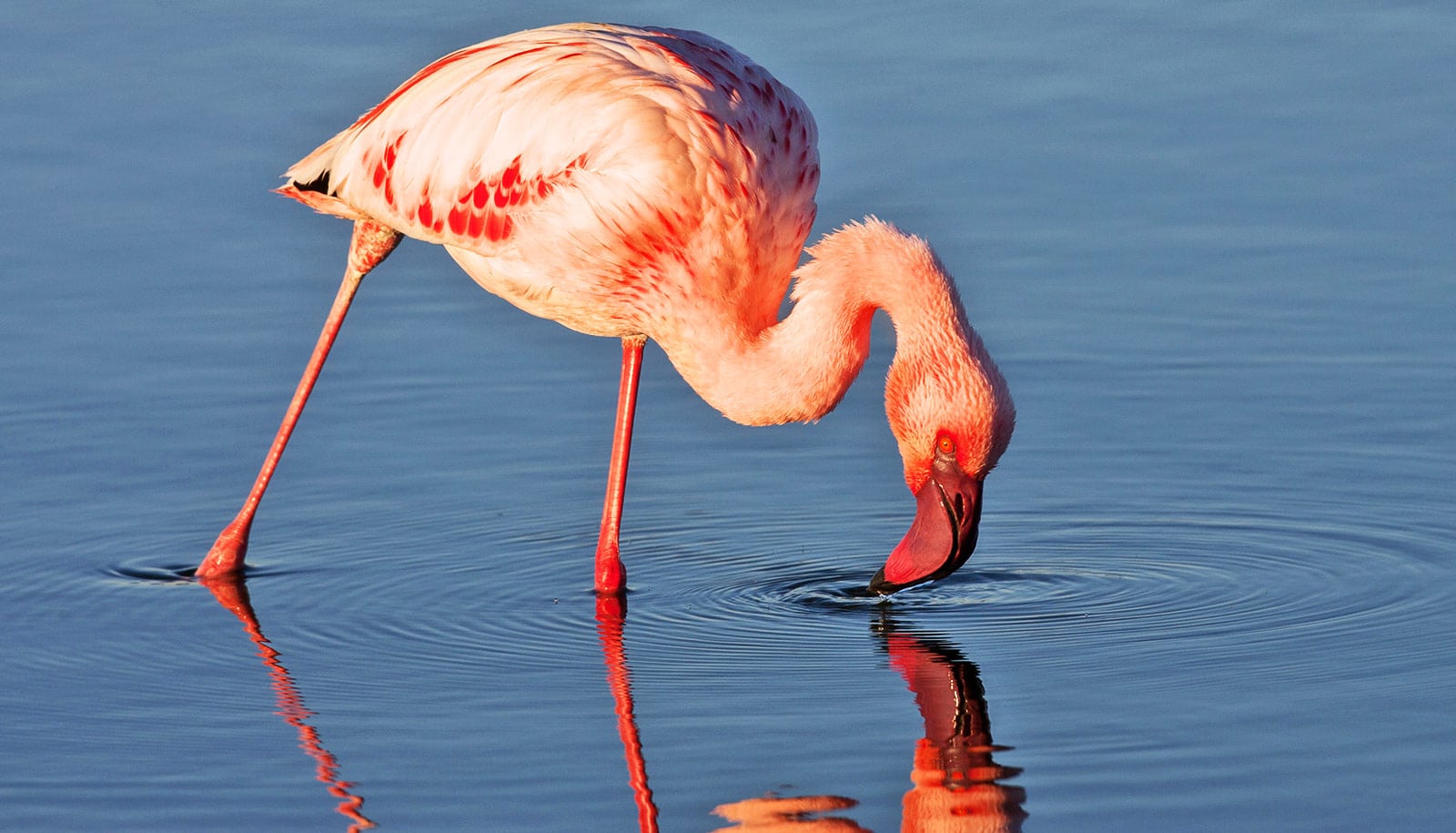At least 1.4 million seagulls feed at landfills across North America and that’s a big threat to the health of nearby waters.
“We estimate these gulls transport and deposit an extra 240 tons of nitrogen and 39 tons of phosphorus into nearby lakes or reservoirs in North America each year through their feces,” says lead author Scott Winton, a doctoral graduate of the Nicholas School of the Environment at Duke University, now a visiting postdoctoral fellow at ETH Zurich.
The nutrients in the birds’ droppings contribute to extensive algal blooms that rob surface waters of much of the oxygen needed to sustain healthy aquatic animal life—a process known as eutrophication.
Oxygen depletion and algal toxins that result from the blooms can have far-reaching ecological and economic impacts, including fish kills, increased costs for local governments, and reduced recreational or fishing values in affected waters.
“It costs local US governments an estimated $100 million a year in nutrient offset credits to address or prevent the problem and maintain nutrient levels at or below the total maximum daily load threshold for water quality,” says doctoral student Mark River, who conducted the research with Winton.
The scale of the problem and the cumulative cost of dealing with it may be even larger than the new study suggests, Winton says.
“We estimated and mapped a landfill-gull population of 1.4 million based on documented sightings reported in the eBird Citizen Science database. But the actual population is probably greater than 5 million. That means the amount of nutrients deposited in the lakes, and the costs of preventing or remediating the problem, could be substantially higher.”
Winton and River conducted the research at landfills near two major drinking water reservoirs—Jordan Lake and Falls Lake—that serve the Raleigh-Durham region of North Carolina. Nitrogen and phosphorus loading data from these two lakes were then scaled up to estimate total loading at water bodies near landfills across North America using a well-established model for measuring the nutrient transport of carnivorous birds.
The findings are applicable to lakes and reservoirs in other parts of the world, too.
“The idea that gull feces can be a major water quality problem may sound comical—until you look at data from an individual lake,” Winton says. “In Jordan Lake, for instance, we found that a local flock of 49,000 ring-billed gulls deposit landfill feces containing nearly 1.2 tons of phosphorus into the lake annually.”
Seabirds eat plastic because it smells like dinner
That amount is equivalent to roughly half of the total phosphorus load reduction target established for the New Hope Creek watershed of Jordan Lake. Offsetting this added phosphorus costs local governments about $2.2 million annually—largely through long-term programs aimed at reducing other sources of inflowing nutrients such as urban stormwater or agricultural runoff.
Reducing the size of the gull flocks may also be an option worth pursuing, Winton says. Reducing the size of open landfills, and covering trash more quickly after it is dumped, could reduce the gulls’ easy access to a food supply and encourage a flock to disperse to other feeding habitats.
DNA from skin, scales, and poop reveals ocean life
“There’s a decent history of local governments implementing gull management at landfills because of fears about airplane strikes or because of the nuisance factor to nearby communities,” Winton says. “It might be cost-effective to pursue some of these non-lethal mitigation methods to reduce nutrient loading, as well.”
The study appears in Water Research. The Duke University Wetland Center funded the work.
Source: Duke University



